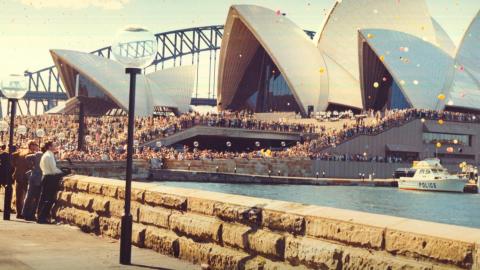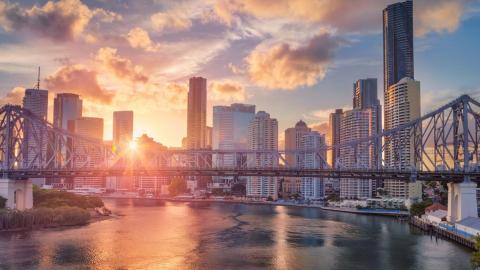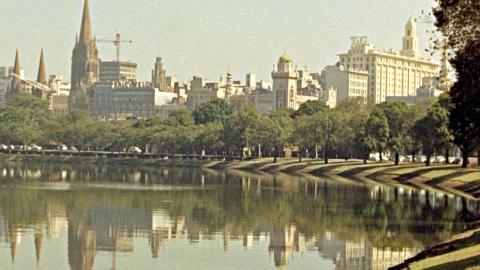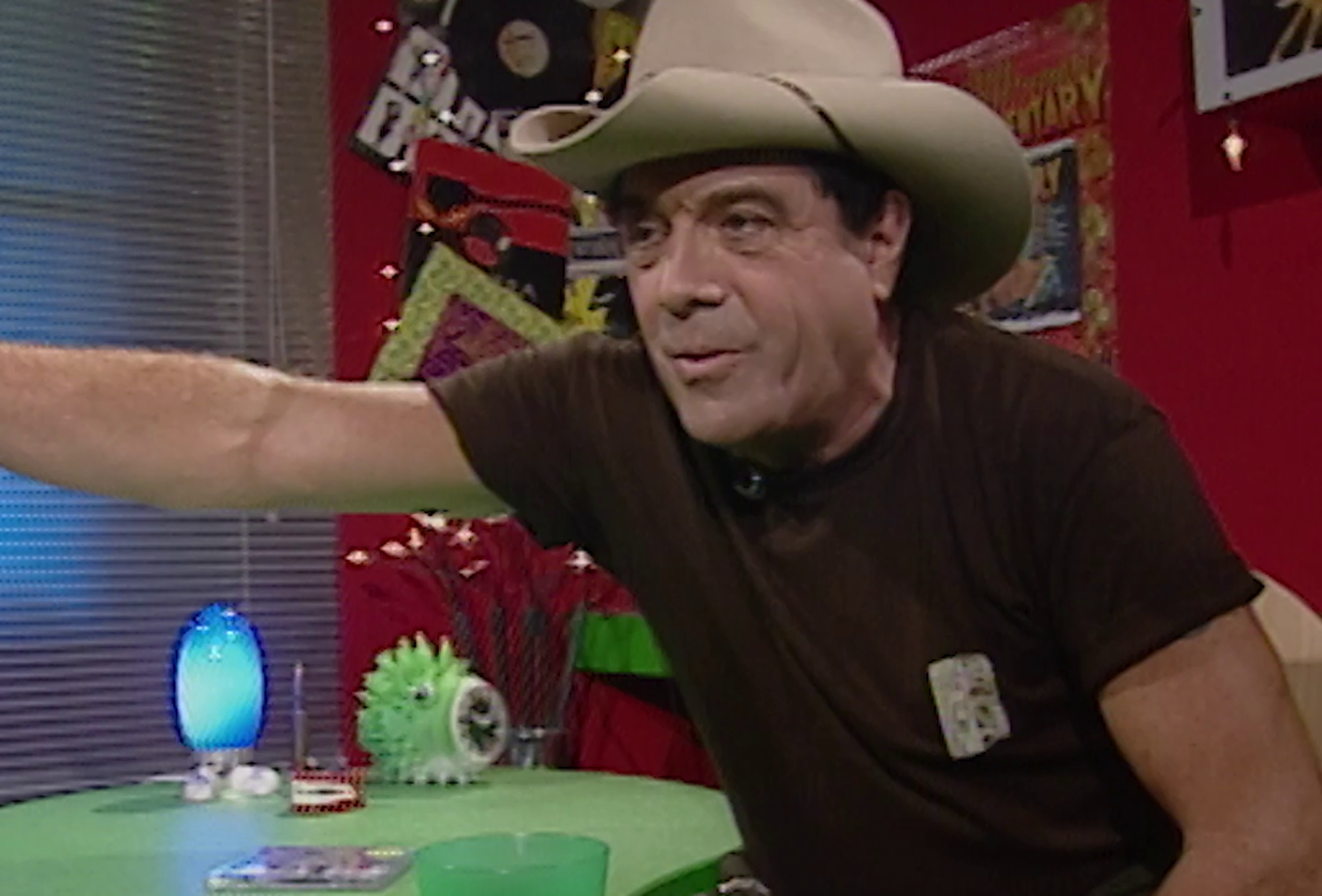

Sydney time capsule
Sydney time capsule
See Sydney in all its shiny magnificence, from Australia's first recorded moving image filmed at Prince Alfred Park in 1896 to contemporary colour footage.
Included are the harbour and its world-famous bridge, the Opera House, Bondi Beach, Taronga Park Zoo, Centennial Park, Paddy's Markets and the Rocks – plus sport, song and suburbia.
There is a cavalcade of Sydney public transport represented including trams, trains, ferries and buses. There's even glimpses of Sydney transport sights we no longer see, such as the hydrofoil and the monorail.
WARNING: this collection may contain names, images or voices of deceased Aboriginal and Torres Strait Islander people.
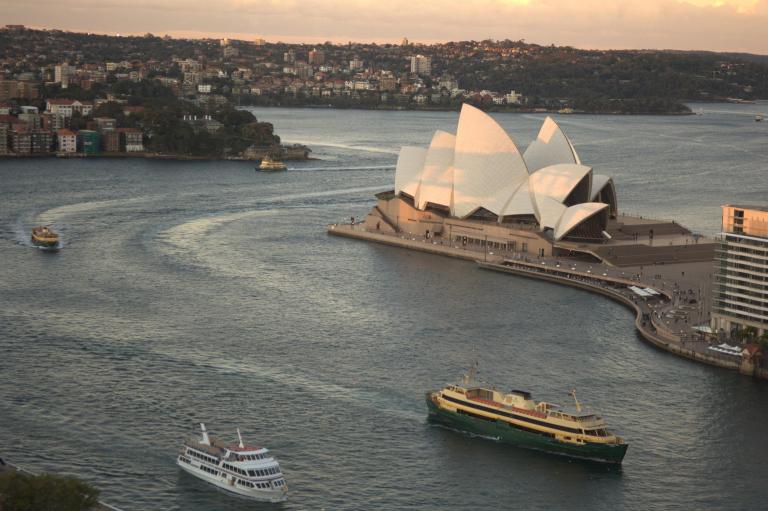

The National Film and Sound Archive of Australia acknowledges Australia’s Aboriginal and Torres Strait Islander peoples as the Traditional Custodians of the land on which we work and live and gives respect to their Elders both past and present.
